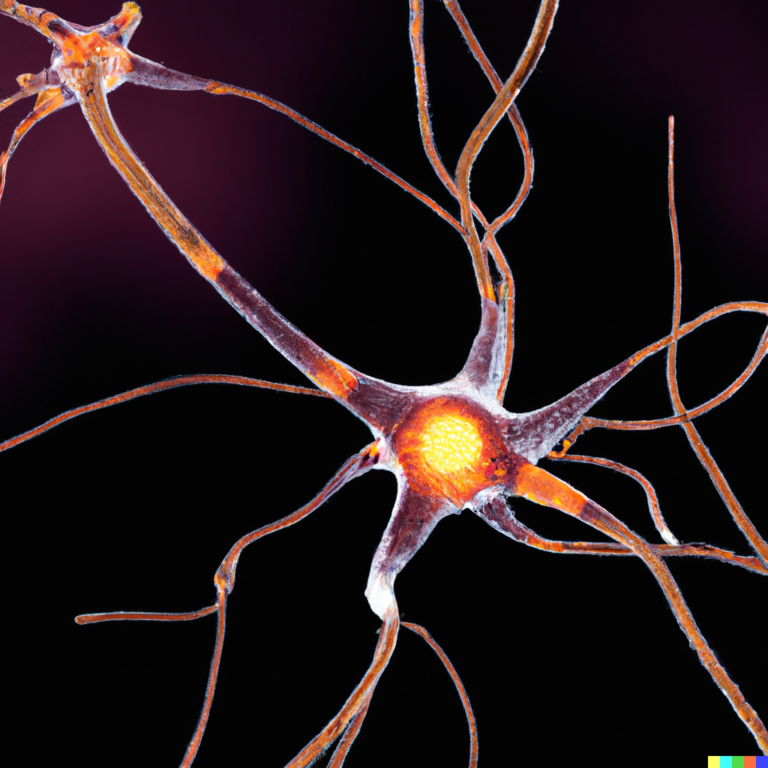Alzheimer’s disease is a progressive brain disorder that affects memory, thinking, and behavior. It is the most common form of dementia, affecting millions of people worldwide. If you have a loved one with Alzheimer’s, you know that caring for them can be challenging and requires a lot of patience and understanding.
One of the common symptoms of Alzheimer’s is confusion and forgetfulness. As a result, everyday tasks like dusting furniture can become difficult for a person with Alzheimer’s. However, with some adjustments and assistance, you can help your loved one with this task and make their living space more comfortable and clean.
Here are some ways to help a person with Alzheimer’s dust furniture:
1. Create a safe and comfortable environment
The first step in helping a person with Alzheimer’s dust furniture is to create a safe and comfortable environment for them. Clear any clutter in the room and make sure there is enough space for them to move around freely. Remove any breakable or fragile items from the furniture to avoid accidents. It is also essential to have good lighting in the room to help them see properly.
2. Provide step-by-step instructions
People with Alzheimer’s may have difficulty following complex instructions. Therefore, it is essential to break down the task into simple and manageable steps. Start by showing them how to hold the dusting cloth or duster and where to begin dusting. You can also label the different cleaning products to make it easier for them to identify and use them.
3. Use familiar tools
Using familiar tools can help a person with Alzheimer’s feel more comfortable and confident while dusting. This can be their favorite duster or a cloth they have used before. Familiar tools can also help trigger memories and make the task less daunting for them.
4. Give them enough time
People with Alzheimer’s may take longer to process information and complete tasks. It is crucial to give them enough time to complete the task at their own pace. Rushing them or getting frustrated can make them feel overwhelmed and may lead to them giving up on the task.
5. Provide verbal and visual cues
Verbal and visual cues can be helpful in guiding a person with Alzheimer’s through the dusting process. You can use simple phrases like “wipe here” or “dust this surface.” You can also demonstrate the task by dusting with them or using hand-over-hand guidance.
6. Praise and encourage them
Praise and encouragement can go a long way in helping a person with Alzheimer’s feel motivated and accomplished. Acknowledge their efforts and thank them for their help. This positive reinforcement can boost their self-esteem and make them more willing to help with the task again in the future.
7. Be patient and understanding
It is essential to be patient and understanding when helping a person with Alzheimer’s dust furniture. They may forget instructions or become easily distracted, which can be frustrating. However, it is crucial to remain calm and patient, even if the task takes longer than expected.
8. Consider alternative methods
If dusting becomes too challenging for your loved one, you can consider alternative methods of cleaning furniture. For example, you can use a vacuum cleaner with an attached dusting brush, or a microfiber cloth that requires minimal effort.
9. Involve them in the process
People with Alzheimer’s may feel a sense of loss of control over their lives. By involving them in the dusting process, you can give them a sense of purpose and independence. You can ask for their help in choosing which furniture needs dusting or let them decide which tool to use.
10. Seek professional help
Taking care of a loved one with Alzheimer’s can be emotionally and physically taxing. It is essential to seek professional help when needed. An occupational therapist can provide useful tips and techniques for helping a person with Alzheimer’s complete everyday tasks like dusting furniture.
In conclusion, helping a person with Alzheimer’s dust furniture requires patience, understanding, and adjustments. By creating a safe and comfortable environment, using simple instructions, providing praise and encouragement, and seeking professional help when needed, you can make the task more manageable for both you and your loved one. Remember to be patient and show love and support throughout the process.





